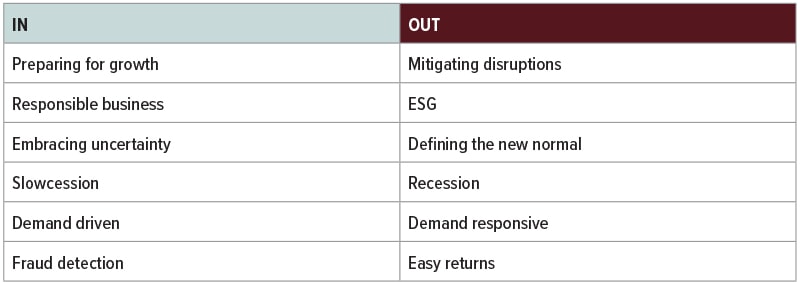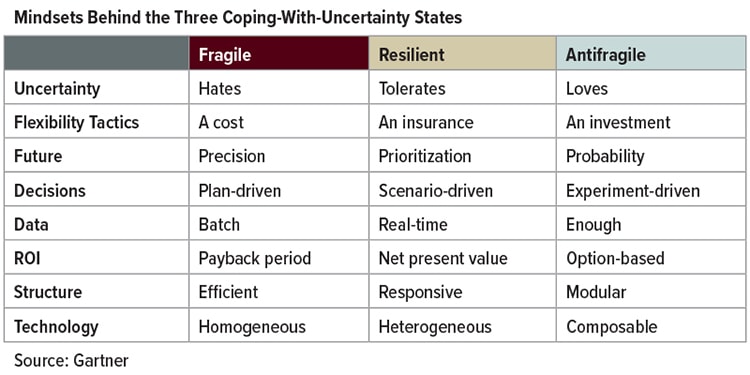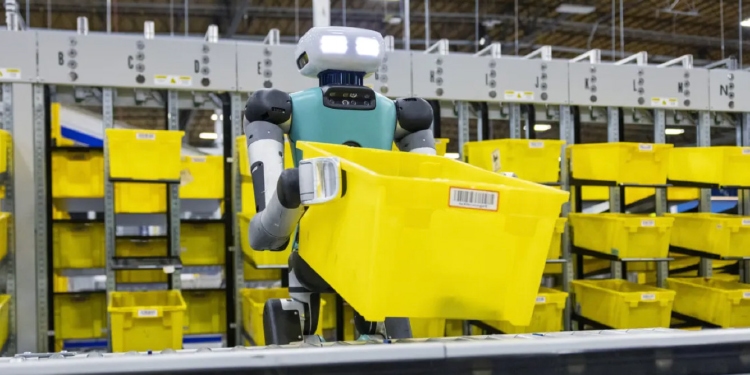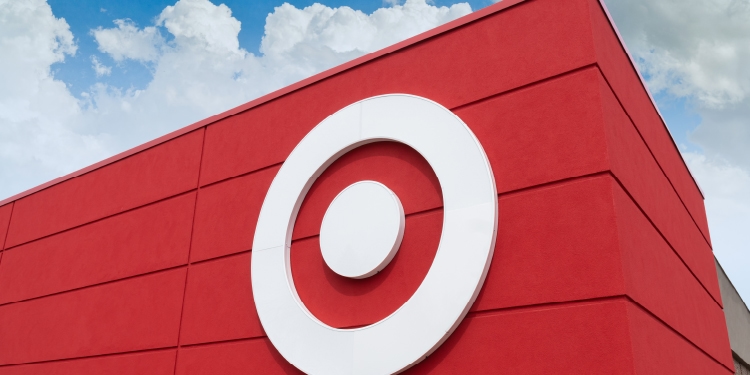What’s the Word? The Language of Logistics

What’s an antifragile supply chain? Should we expect humanoid warehouse workers in 2024? We explore some new logistics terms as well as revisit familiar definitions.
Logistics Refresher
Freight vs. Shipping
Technically speaking, freight is defined as the commercial transportation of goods, merchandise, or cargo by air, land, or sea. The term is generally used to refer to the transportation of goods in bulk.
Originally, the term “shipping” referred to the transportation of goods by…you guessed it, ship. Since the 15th century, shipping has evolved to encompass the transportation of any quantity of goods by air, land, or sea.
So, the main difference between freight and shipping is the former specifically refers to transportation in bulk—often enough to fill up an entire truck. And since shipping doesn’t necessarily involve a particular quantity of goods, anyone can ship something from one place to another.
Freight is mostly used by wholesalers, distributors, manufacturers, suppliers of raw materials, or any business that regularly ships large quantities of goods.
Additionally, freight services are often set up to handle fragile or sensitive cargo during long-distance shipments. The need for accommodations, such as temperature or humidity-controlled transportation, is more prevalent in freight customers who often ship their goods across great distances. These businesses often turn to freight forwarders who can help them navigate tedious processes like customs, documentation, or coordinating shipments across multiple modes of transportation.
Shipping is usually the preferred choice for any business that is transporting small quantities of goods to consumers or another business. Basically, if your items don’t require some sort of specialized handling, shipping is almost always the easier and more cost-effective option, especially in today’s convenience-driven economy.
A company that experiences extreme fluctuations in demand throughout the year might find it more cost-effective to use freight for bulk shipments during peak seasons and shipping for smaller deliveries during slower periods.
–Carl Wasinger, CEO & Founder, Smart Warehousing
Antifragile Supply Chain

An antifragile supply chain starts with the chief supply chain officer’s mindset. Rather than trying to keep uncertainty out of the supply chain, antifragile supply chains embrace uncertainty with the objective of learning, evolving, and adapting their capabilities based on their improved knowledge of it.
–Tim Payne, Vice President Analyst, Gartner Supply Chain
2024 Ecommerce Word to Watch
Rom-commerce

A scene from rom-commerce series “Add to Heart.”
Walmart arranged a meet-cute between romantic comedy and social commerce with its holiday series “Add to Heart” in December 2023. Viewers can buy more than 330 items—from clothes and decor to luggage and food—while watching the 23 short episodes on TikTok, Roku, or YouTube.
Walmart’s shoppable commercial series aims to change American consumers’ lukewarm reception toward shoppable content, which is popular in China. In any case, social commerce—selling products directly on social media platforms—is one trend that’s gaining steam. Social commerce is anticipated to hit nearly $80 billion by 2025, or about 5% of all ecommerce purchases, according to research by McKinsey.
Polycrises
 Organizations no longer have the luxury of planning for individual incidents. They must now prepare for multiple concurrent or cascading business disruptions. Some refer to this as “layered” crises, or “polycrises,” where the shocks are disparate, but they interact so that the whole is even more overwhelming than the sum of the parts.
Organizations no longer have the luxury of planning for individual incidents. They must now prepare for multiple concurrent or cascading business disruptions. Some refer to this as “layered” crises, or “polycrises,” where the shocks are disparate, but they interact so that the whole is even more overwhelming than the sum of the parts.
–Frank Shultz, Founder and CEO, Infinite Blue
Humanoids

We’ll talk a lot about humanoid or human-form robots, but wide deployment in warehouses will remain elusive. In 2024, expect some splashy pilot projects and updates on Agility Robotics’ Digit (pictured) at work for Amazon.
Predictive ETA > Tracking Updates
You can spend a lot of money and devote a lot of staff time to checking on tracking updates without necessarily improving on-time delivery.
The most significant element of real-time visibility is the predictive ETA (estimated time of arrival). While knowing where your freight is at every point during transit is great, knowing whether the truck will arrive during the scheduled appointment window is what shippers and receivers plan for.
For retailers, the predictive ETA affects staffing and throughput at their warehouses, at their distribution and fulfillment centers, and at their stores.
–Noah Hoffman, Head of Retail Logistics, C.H. Robinson
Land Bridge

A land-based solution for trade flow restrictions or disruptions in ocean routes. For instance, Maersk started a land bridge or rail route across Panama to minimize service interruptions for customers amidst Panama Canal transit restrictions.
Flow center

Think warehouse but smaller and faster. Retailer Target coined this term to describe facilities that support nimble store replenishment. Using automation, flow centers break down shipments to replenish stores frequently with in-demand items in smaller quantities.
This allows Target stores to hold lower levels of backroom inventory. Meanwhile goods ordered online are packaged at stores and sent to small sortation centers, which batch them by neighborhood for final delivery to customers.
In short, flow centers can help retailers feed the flow—the flow of consumer demand, that is.
